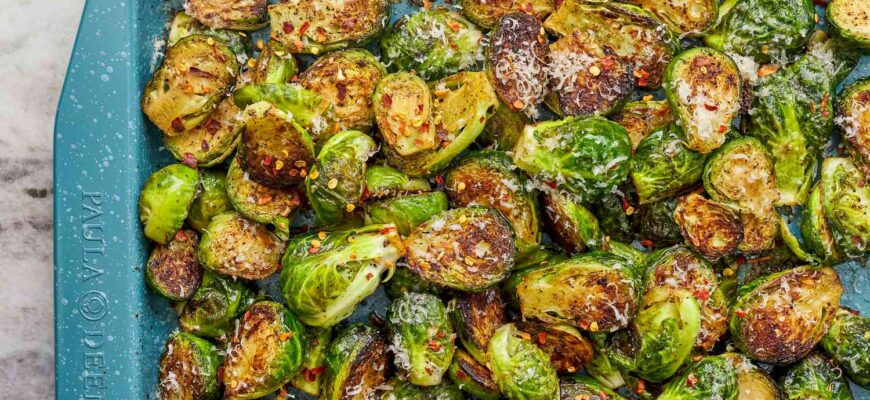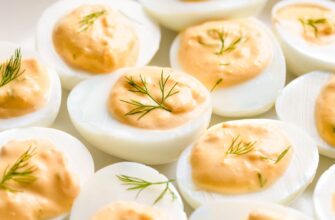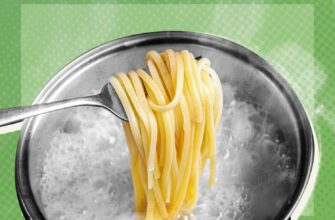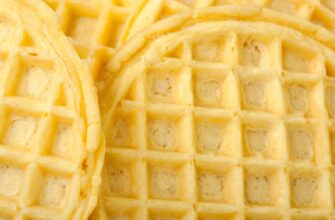Close
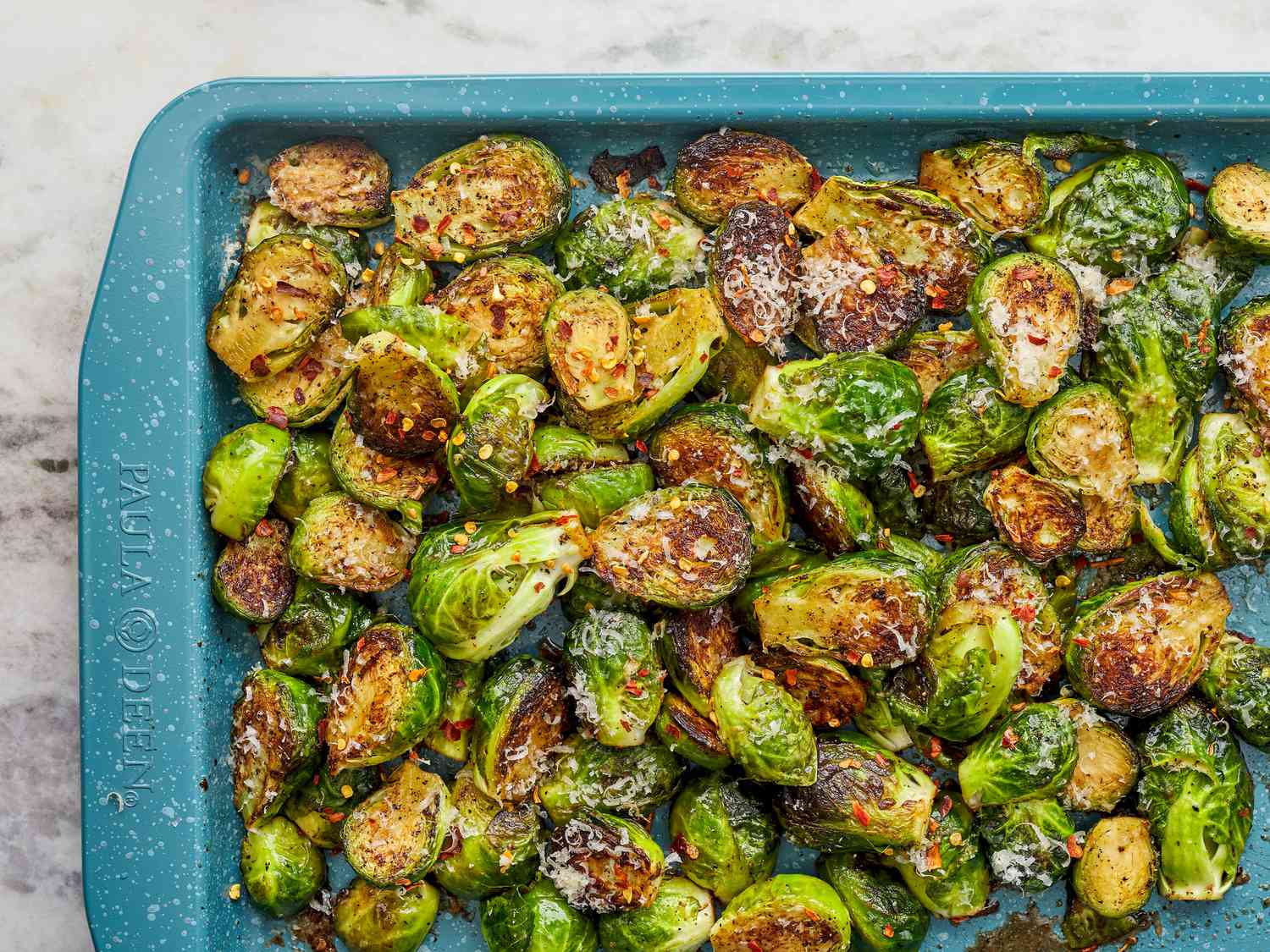
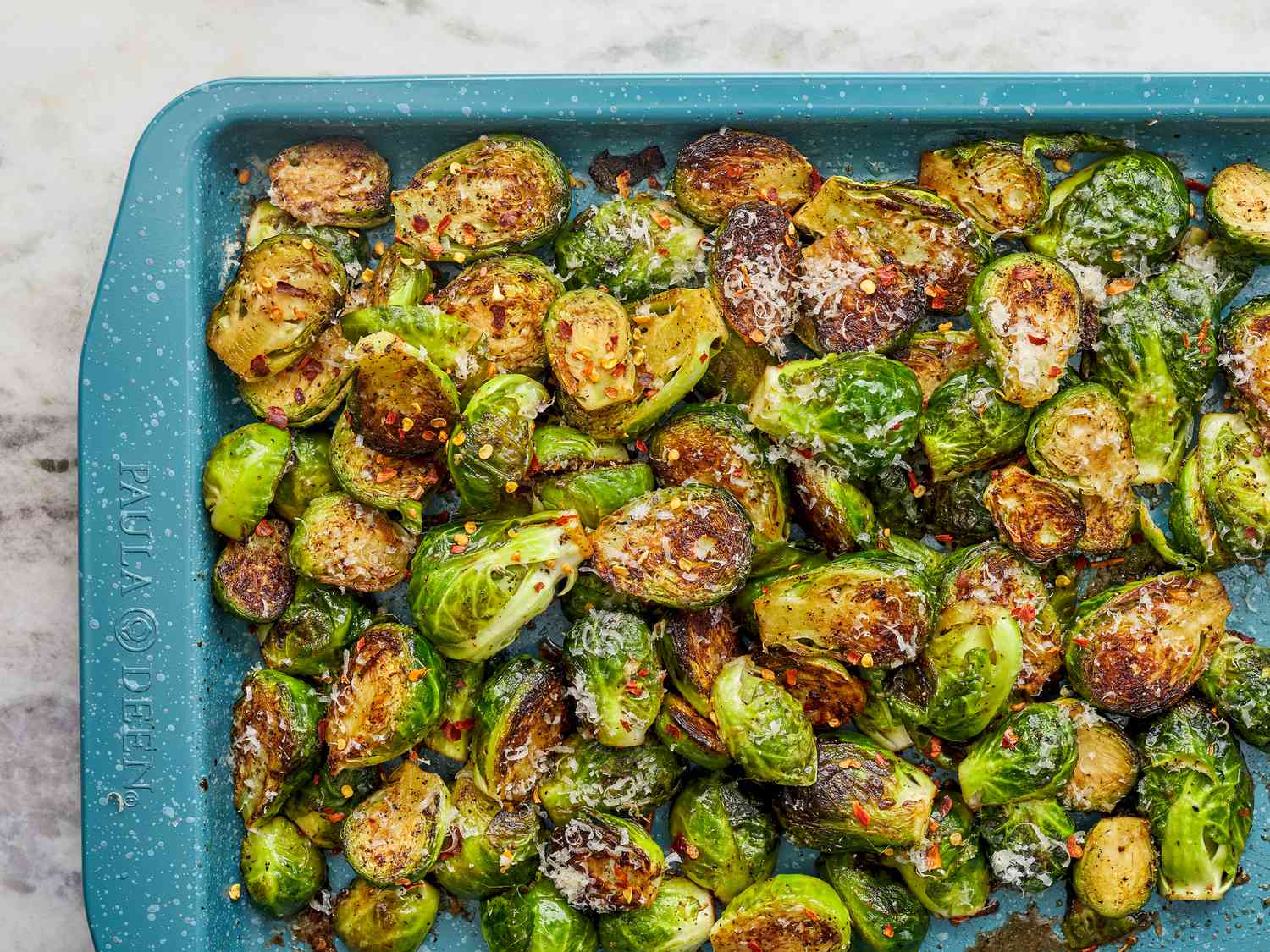
Photo:
Dotdash Meredith Food Studios
Brussels sprouts have long been considered a love-it-or-hate-it vegetable, but with the right cooking technique, they can win over even the staunchest critics. Their transformation from bland and mushy to crispy and caramelized is all about technique. That’s why we turned to chefs for their secrets to the crispiest, most flavorful Brussels sprouts. Armed with these tips from five culinary pros, you can ensure your sprouts will go from a sidekick to the star of any meal.
Our Panel of Brussels Sprouts Cooking Experts
- Sarah Bond, food scientist, nutritionist, and recipe developer behind Live Eat Learn
- Erin Fletter, founder of Sticky Fingers Cooking and author of five cookbooks
- Ellen Kanner, recipe developer behind Soulful Vegan and author of “Miami Vegan”
- Daniel Kenney, executive chef at The Lenox Hotel in Boston, Massachusetts
- Max Robbins, culinary director at Lettuce Entertain You in Chicago, Illinois
How to Cook the Crispiest Brussels Sprouts, According to Food Pros
The majority of the chefs we spoke with recommend roasting as the best Brussels sprouts cooking method for home cooks (deep-frying came in second, but it’s a lot messier, more hands-on, and generally, less healthy), but they emphasized that success begins with one crucial additional step: blanching.
Blanching is a technique that calls for plunging vegetables into boiling water for a short time before quickly cooling them. Commonly used for green beans or asparagus, blanching helps ensure even cooking and retains the vegetable’s vibrant color. For Brussels sprouts, it prevents the dreaded rock-hard centers and sets the stage for crispiness.
“Boil them for 5 to 10 minutes in salted water until bright green and soft, but not mushy,” explains Robbins. “Dry them off with a towel and let them sit uncovered in the fridge for an hour to continue drying.”
The blanching method also gets a strong endorsement from Kenney. “I slightly blanch baby Brussels sprouts in heavily salted boiling water, then pan roast them with thick-cut smoked bacon lardons in a hot cast iron pan until caramelized. The cast iron goes straight into a 400-degree oven to finish caramelizing,” he says. “I prefer cooking the Brussels sprouts in a cast iron pan because it cooks them more evenly than other types of pans and also gives them that desirable crispiness because of the way that it heats up.”
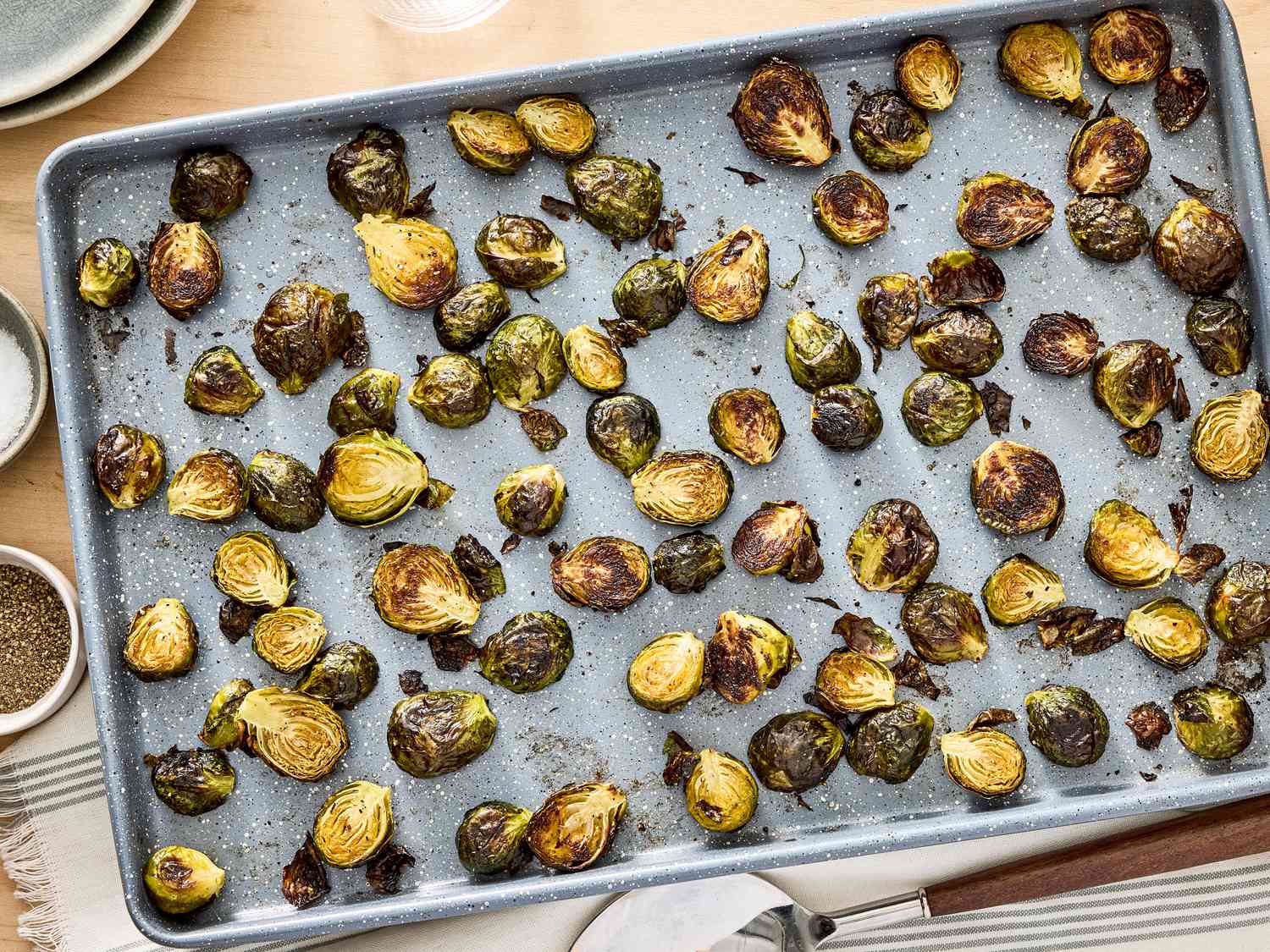
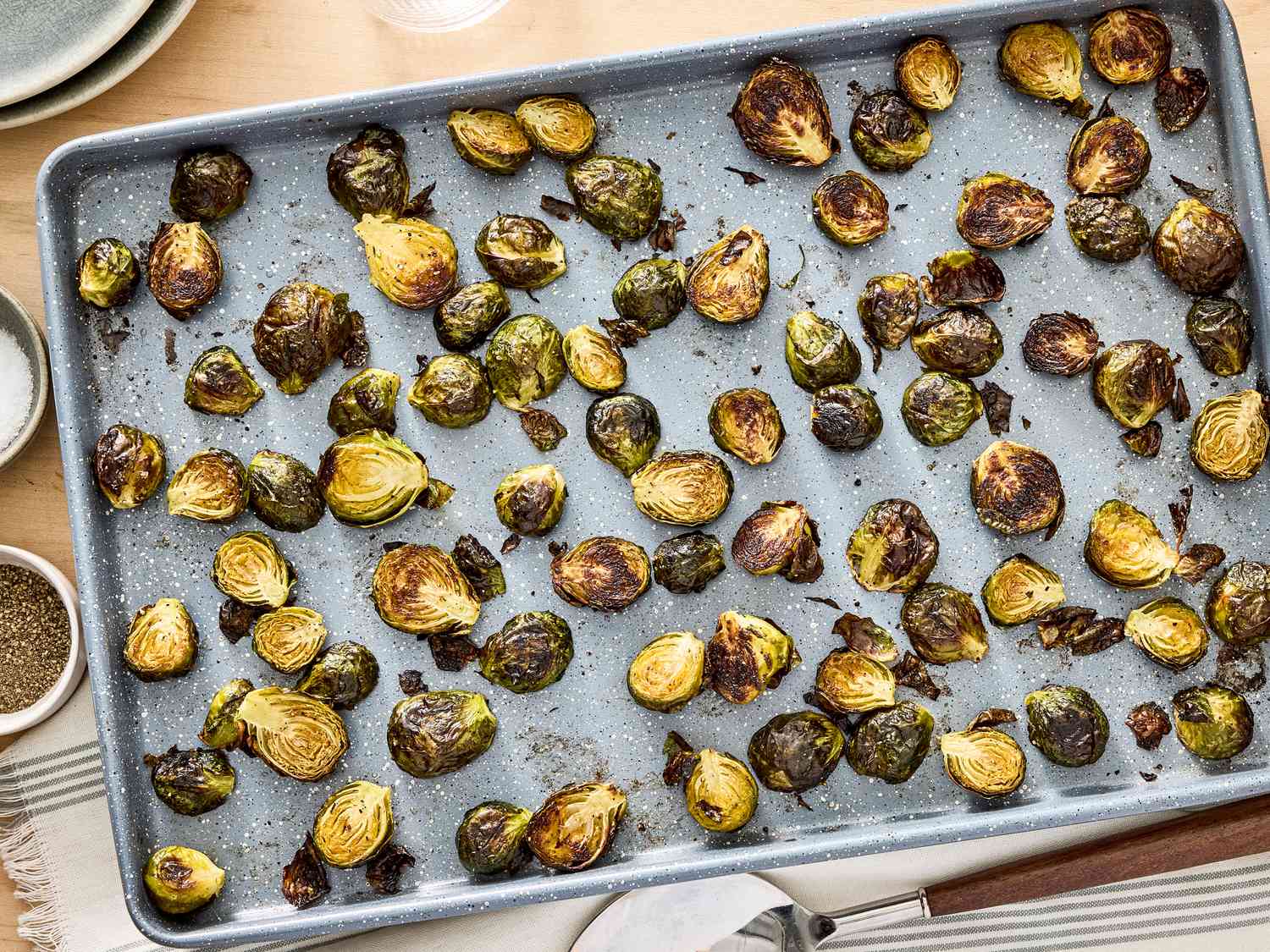
Morgan Glaze / Food Styling: Sally McKay / Prop styling: Abby Armstrong
More Tips for Cooking Crispy Brussels Sprouts
If you’re aiming for crispy perfection, these additional tips from our chefs will take your Brussels sprouts to the next level:
- Start with the best vegetables. Younger, smaller sprouts cook more evenly and yield a better texture, according to Fletter. “When buying, look for bright green, firm sprouts that are on the smaller side. About one inch in diameter is ideal for a fresh, nutty, and slightly sweet flavor.”
- Don’t overcrowd the pan. One of the most common mistakes is overcrowding. “Spread Brussels sprouts out in the pan before roasting,” say Kanner. “Crowding them means they’ll steam and get soft, rather than roast and get crisp.” Use a large baking sheet or roast in batches to ensure every sprout has room to caramelize.
- Use the right cooking oil. For high-temperature roasting, choose oils with a high smoke point, such as avocado or grapeseed oil.
- Preheat the baking sheet. A hot surface jumpstarts the caramelization process for golden, crispy edges. “Place the Brussels sprouts on a preheated baking sheet to ensure crisping from the moment they hit the pan,” recommends Kanner.
- Smash ‘em. Flattening the sprouts after blanching exposes more surface area for roasting. “Smash the Brussels with a little oil, then add the spice mix of your choice and grated Parmesan,” says Robbins. “This will allow more total surface area to make crispy on the second cook, instead of having a big mushy center.”
- Adjust cooking time for size. As Kanner reminds us “tiny, young Brussels sprouts cook quicker than larger, mature ones.” So depending on what you’re able to find at the market, “adjust your cooking time based on size, and keep a close eye to avoid overcooking.”
Was this page helpful?
Thanks for your feedback!
Tell us why!
Other
Submit
